Cloud Computing Models Report: SaaS, PaaS, Facebook's PaaS Adoption
VerifiedAdded on 2022/11/14
|5
|817
|299
Report
AI Summary
This report provides an overview of cloud computing models, specifically focusing on Software as a Service (SaaS) and Platform as a Service (PaaS). It defines SaaS as a model where third-party providers host applications, making them accessible via the internet. PaaS is described as a platform for software developers to create customizable applications, simplifying development, testing, and deployment on the cloud. The report then analyzes Facebook's use of the PaaS model, highlighting how its internal development team creates cloud-based services like Messenger and how third-party developers utilize the platform. The justification for Facebook's PaaS model is elaborated, emphasizing the availability of proprietary APIs for application creation and integration with user accounts. The report concludes by emphasizing the advantages of integrating PaaS-based services to enhance Facebook's offerings. References to supporting literature are also provided.
1 out of 5
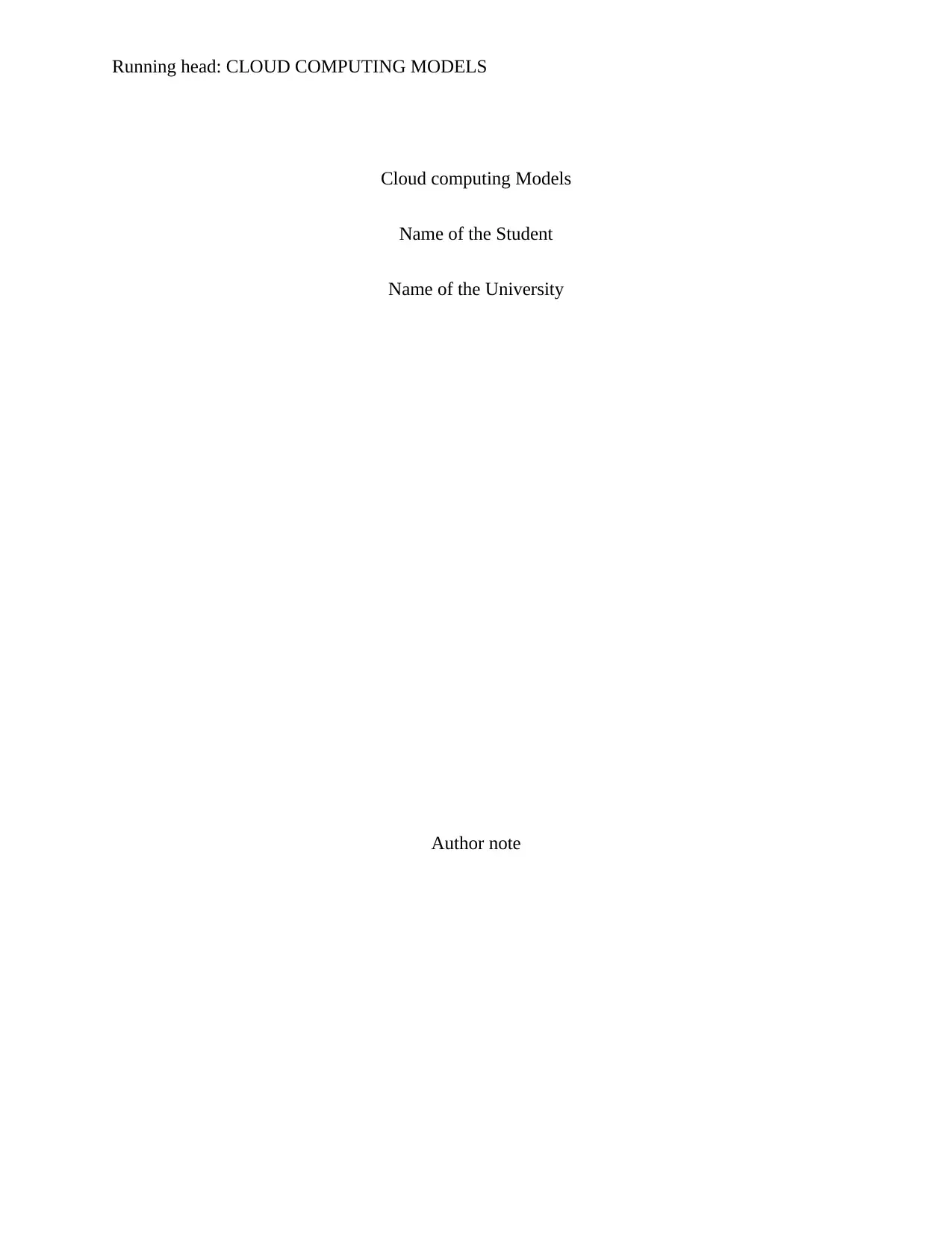
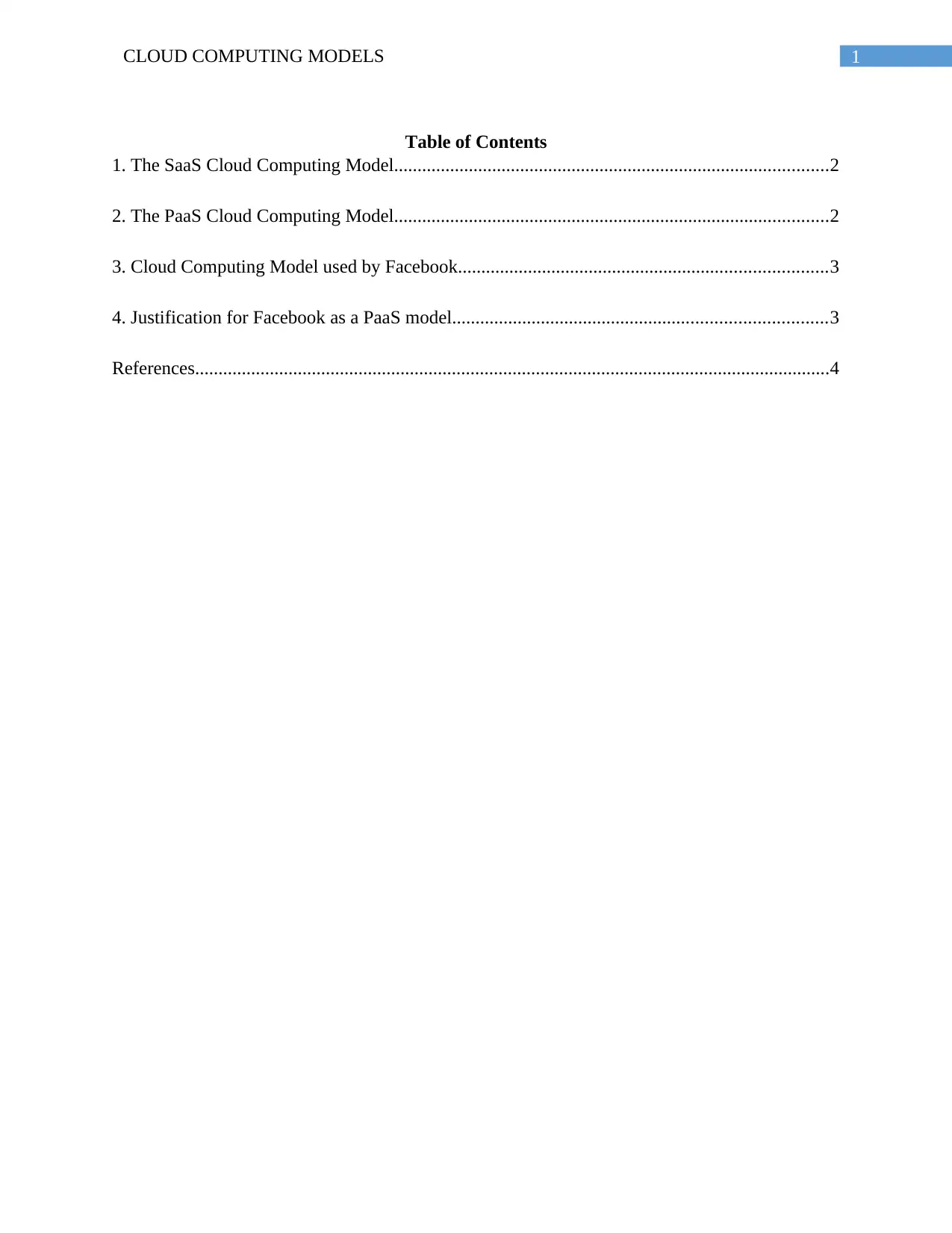
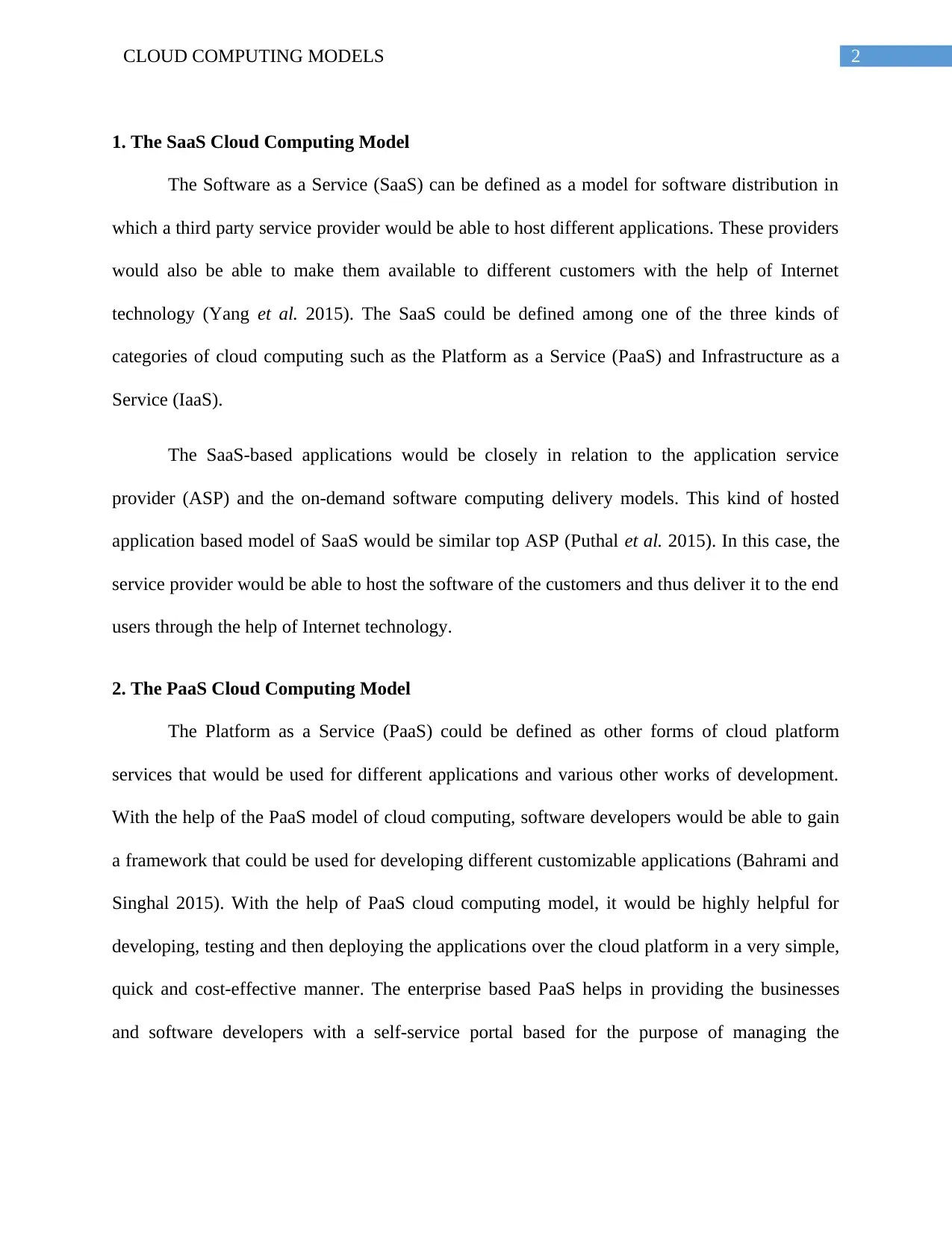

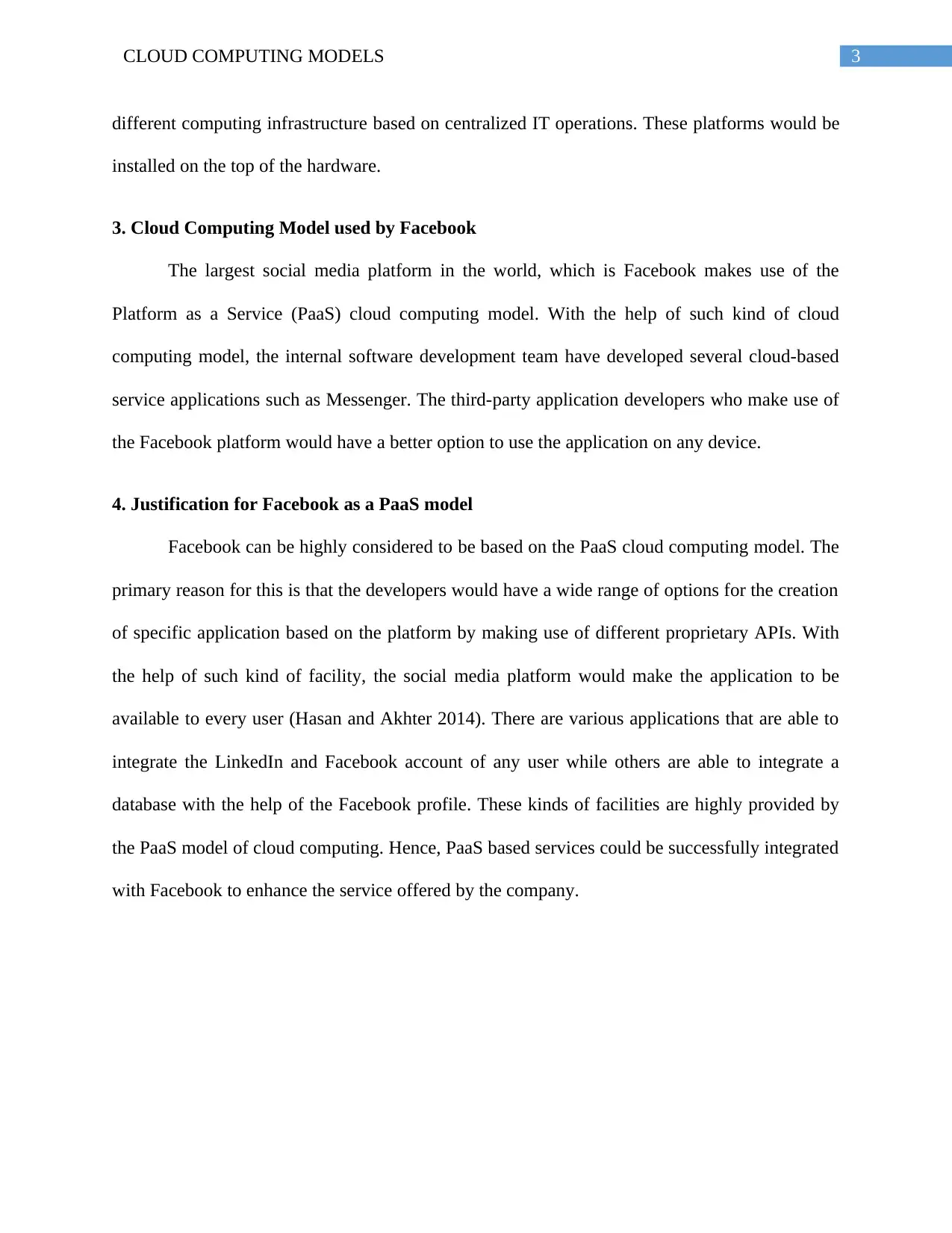
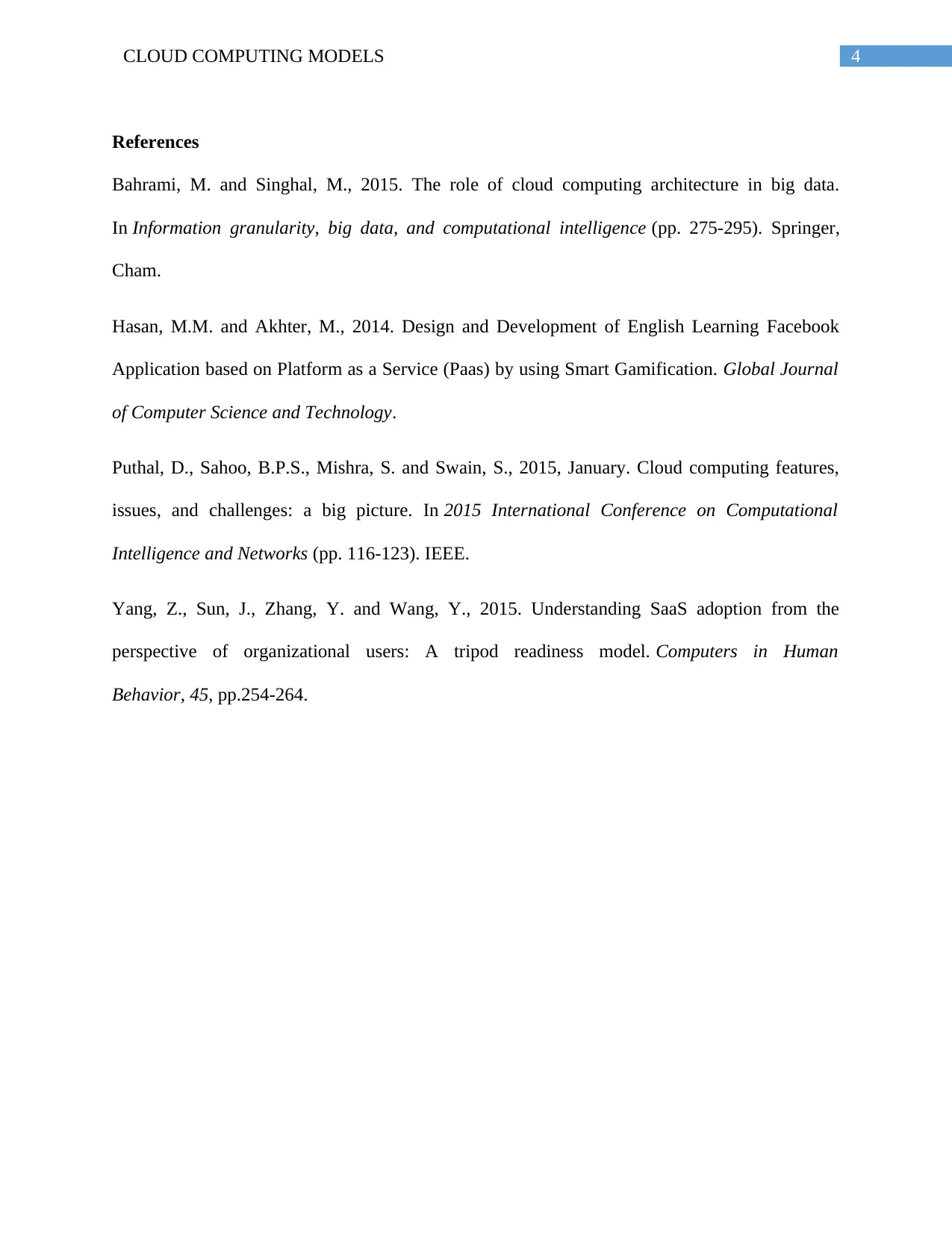




![[object Object]](/_next/static/media/star-bottom.7253800d.svg)